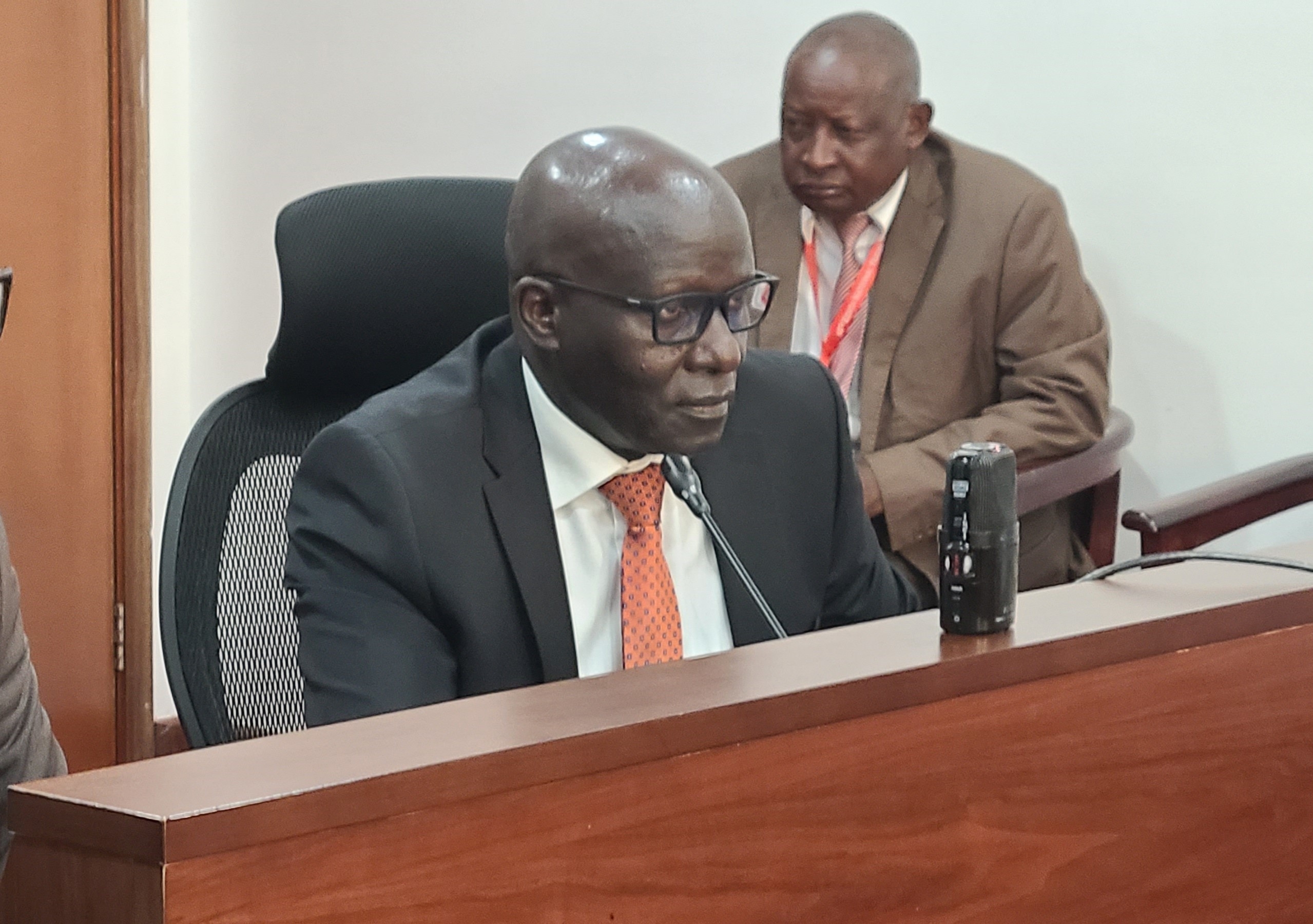BY JANE MWANGI
There is a sense in which the proverb, “hindsight is twenty-twenty” rings true when organizations look at their past spend.
When time is taken to study how
organizational buying has been done, we become “wiser” as to what actions we
should have taken all along and that must now be taken based on what is
revealed by the study. With the
hindsight of our study into the procurement spend data, the vision concerning
how future spending can improve outcomes has more clarity.
It is at the beginning when organizations and departments are to be found taking time to put down plans about the future with plenty of forward-looking strategies all geared to how they might conquer in their various endeavours.
The focus is on the future, for more productivity, new
innovations and more impactful work as it should be, putting past poor
performance and failure in the past where it belongs.
But before leaving it all in the past, there is one aspect of
the organization's past that organizations should not be in haste to leave in the
past.
Looking back at the journey
recently travelled and how we acquired goods works and services for our operations,
is as important as looking forward to new goals and horizons that we must
reach.
A major aspect of this “looking
back” is analyzing the organization or project’s procurement spend.
This analysis holds key insights into how the
organization’s future spend can become a source of improvement.
Few people are in favour of examining how
money was spent previously. In
organizations, it has undertones of taking an audit and examining past mistakes
and performance, which are better forgotten and left in the past.
I would venture that analyzing spend data is exactly what should be done especially if we are considering forging new strategies and looking to cut costs, induce efficiencies and inject innovative ways of getting our work done. Until we have looked at our past spend, we run the risk of missing valuable lessons from this set of data.
It is not enough to
know how much the organization spent in absolute dollar value. It is the makeup of the procurement spend
data that should be queried for the organization’s buying patterns, suppliers,
patterns in volumes, categories and subcategories and much more.
In the medical field, physicians will normally ask for this or that sample to be analyzed in the lab, to diagnose what is ailing a patient. From the sample, the physician will easily come to the root of the problem.
Similarly, the past procurement spending data of an organization will reveal helpful nuances of an organization's spending culture that would otherwise be less obvious and possibly give a clear indication as to what needs to be done in certain matters.
In the context of Health Procurement Africa, which works to enhance procurement processes at both national and county levels, this approach is particularly beneficial.
By analyzing past procurement data, we ensure that
procurement officers carry out their duties professionally and that the
procurement process becomes more seamless. This could lead to better healthcare
outcomes, as resources are used more efficiently and effectively.
There are many reasons why an organization would be motivated
to analyse their spending data.
It could
be because they are looking for ways to bolster cost-cutting efforts, improve
supplier management, shed light on improving their working capital or a
combination of these or more. Whatever the objective initially is, the analysis
will normally reveal more than was set out to be done.
Sometimes revelations from the analysis might
come as a surprise. The initial objective might have been to manage the
organisation’s your supplier base, but it may also reveals inefficient ad-hoc
buying patterns.
As sometimes happens in
decentralized operations, you might discover the organisation is paying
different prices for the same products in diverse locations which should
never be the case.
Still, the analysis might be a pointer to the case for standardization within the organisation and reveal potential benefits in leveraging volumes and more efficient buying.
It
could help identify procurement process challenges and highlight areas to
improve efficiency.
All these are
desirable outcomes of the study and reasons why analyzing how the organisation
has spent their money should be a regular practice.
There is also a lot to be said concerning
bringing along the spending data to persuade and influence management in a certain
desirable direction such as the need to check maverick buying. When the figures form part of our arsenal
in highlighting how current inefficiencies undermine profitability, the data
itself makes the case for the desired change story.
Analyzing spending data need not be a painful task but it can
become a procurement practitioner’s best ally and a rich source of ideas for
improvement and laying down new strategies.
The writer is a Counties Procurement Specialist at Health
Procurement Africa.

















